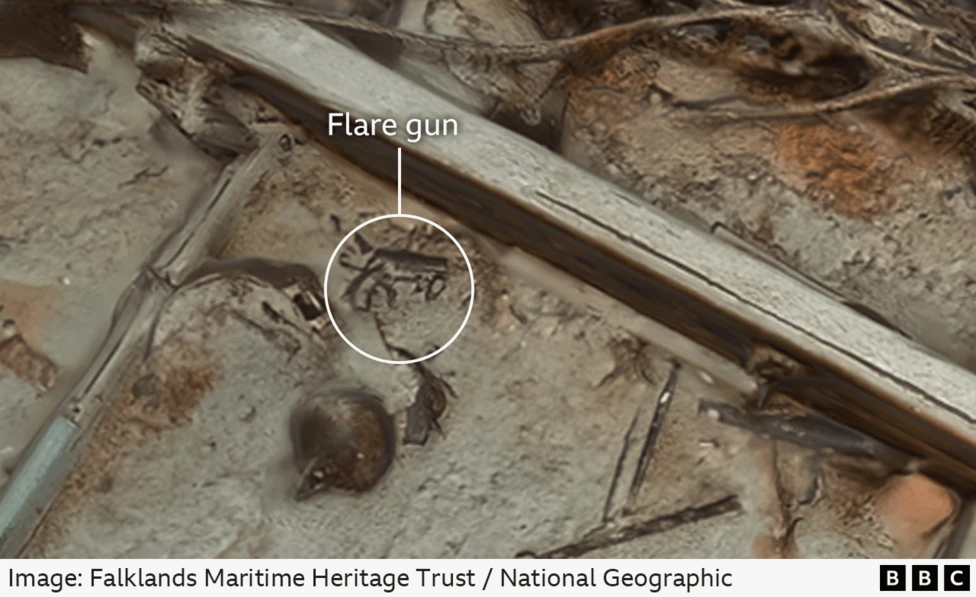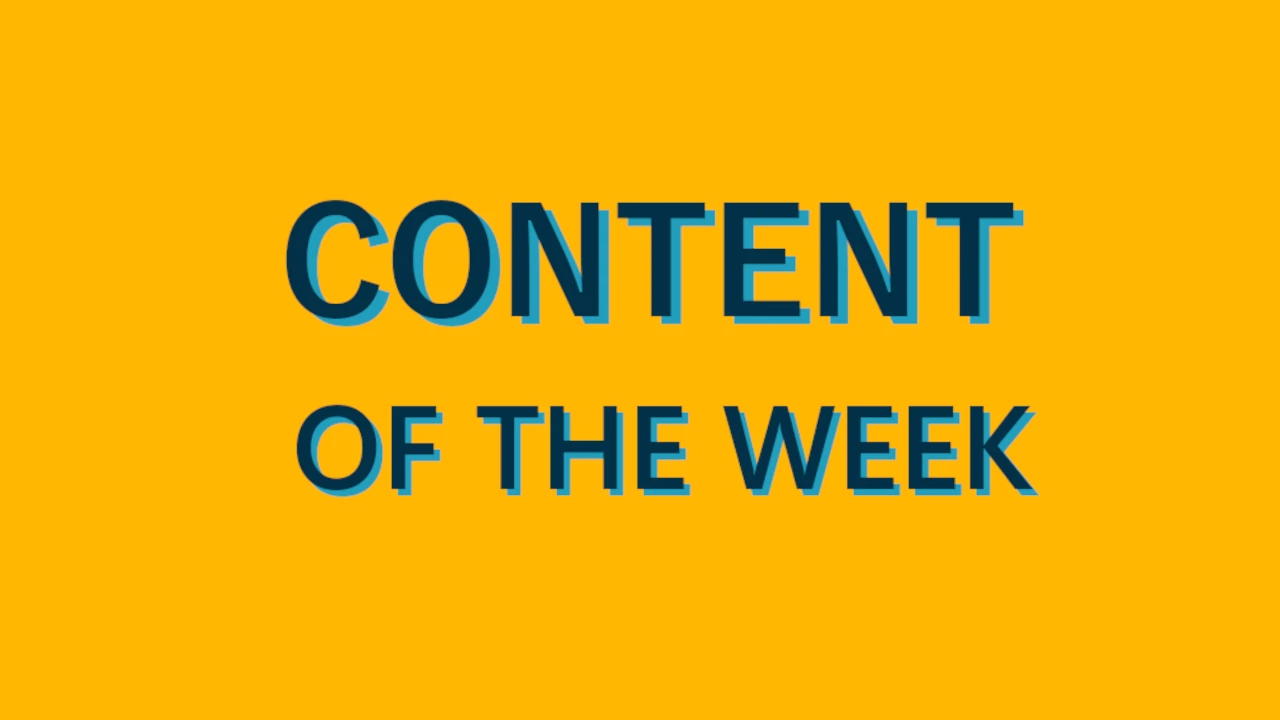My content of the week is – finally – not a video. It’s a 3D scan of the Endurance.
Ernest Shackleton’s doomed ship was abandoned to the ice during the Imperial Trans-Antarctic Expedition of 1914-1917, and was only found 107 years later in 2022. I remember seeing the ghostly photographs of the ship’s stern on the news, and since then forgot all about it.
As a protected historic site, and the small fact it’s in the middle of nowhere, the Endurance was never going to be brought up from the ocean floor Mary Rose– or Vasa-style. That means it needs to be documented instead.
The problem is that it’s simply too dark to photograph Endurance in its entirety, stuck as it is in the inky depths.
But by combining all the photos taken by little submarine robots, the entire ship is revealed in fascinating detail through photogrammetry. It also allows us to tell the stories of the ship – from the flare gun shot when the crew abandoned the ship to the leftover boot possibly owned by second-in-command Frank Wild.

This is content which isn’t superfluous, but crucial. It is the perfect solution to sharing an object which nobody can realistically access, and on top of the educational benefits it also hits the kind of nerve you get when you watch Indiana Jones for the first time. It makes archaeology seem mysterious and cool and romantic. And it makes you imagine the real thing, still sat at the bottom of the ocean.
Unfortunately the 3D model isn’t publicly available – though maybe the Falklands Maritime Heritage Trust will release it at some point.
What else I’m thinking about
Well, I’m also thinking about the application of 3D.
I dabbled in photogrammetry during our digital transformation project at The MERL and Reading Museum, after a training session by Thomas Flynn. We scanned the ruins of Reading Abbey, experimented with 3D-printed objects in schools and almost got to the point of selling 3D-printed copies of Reading’s Maiwand Lion in the shop.
But it’s quite hard to get the rest of an organisation using 3D usefully. While photogrammetry has got a lot easier, I think we’re waiting for in-gallery interactives, websites and online catalogues to catch up. In the meantime they seem best for jazzing up press releases, use in the gaming industry and – how could I forget – providing a more interactive and engaging way of learning about history.
Reach out
Interested in what I do and how I can help? Chatting to me is free, and I can work to your budget :)
